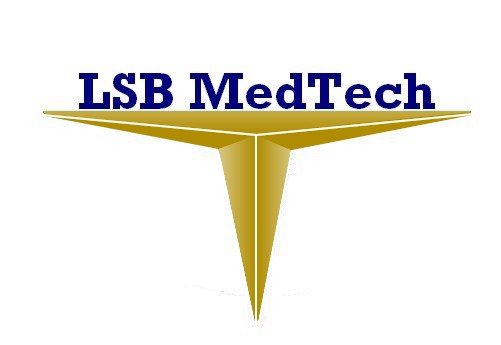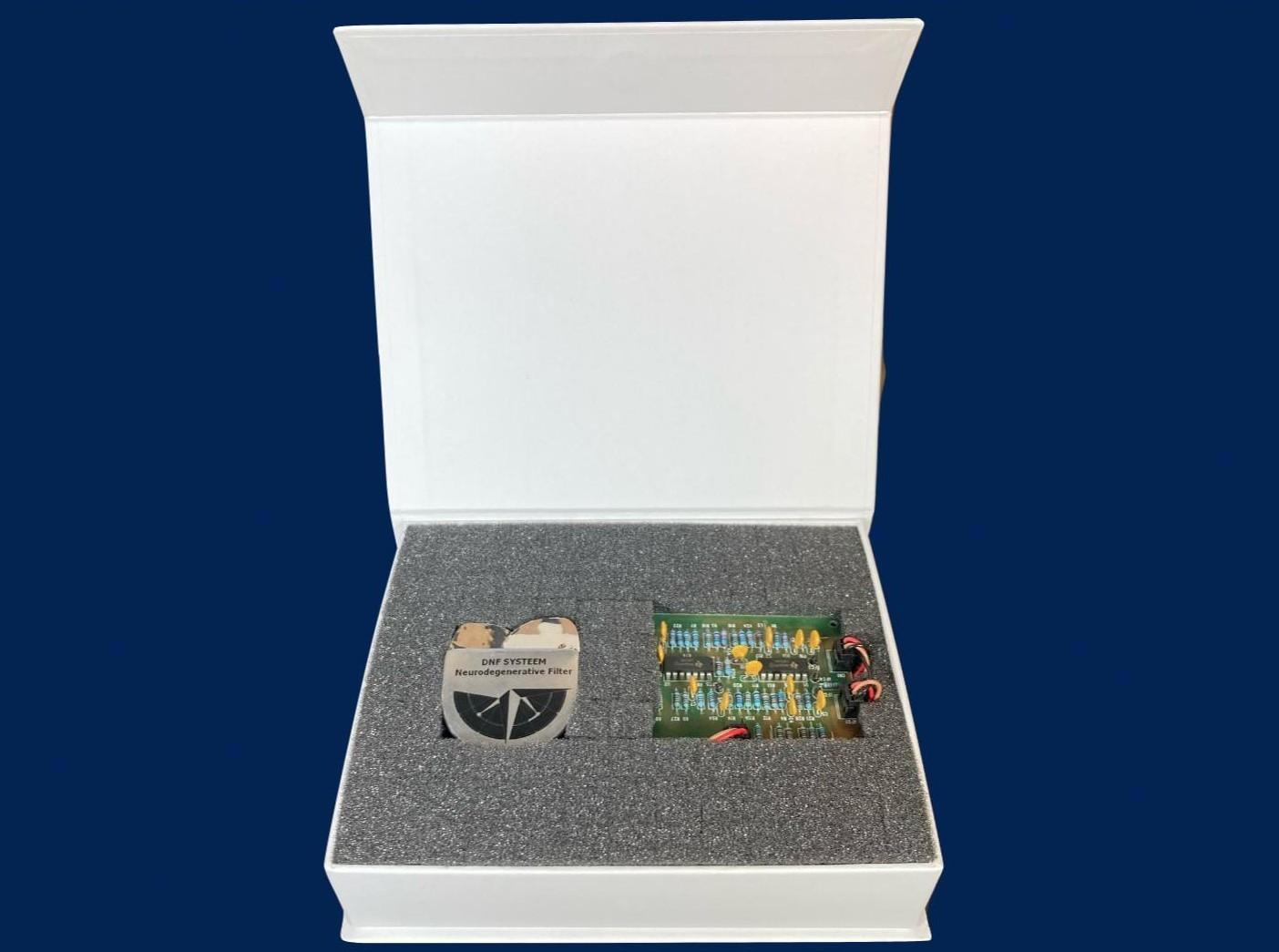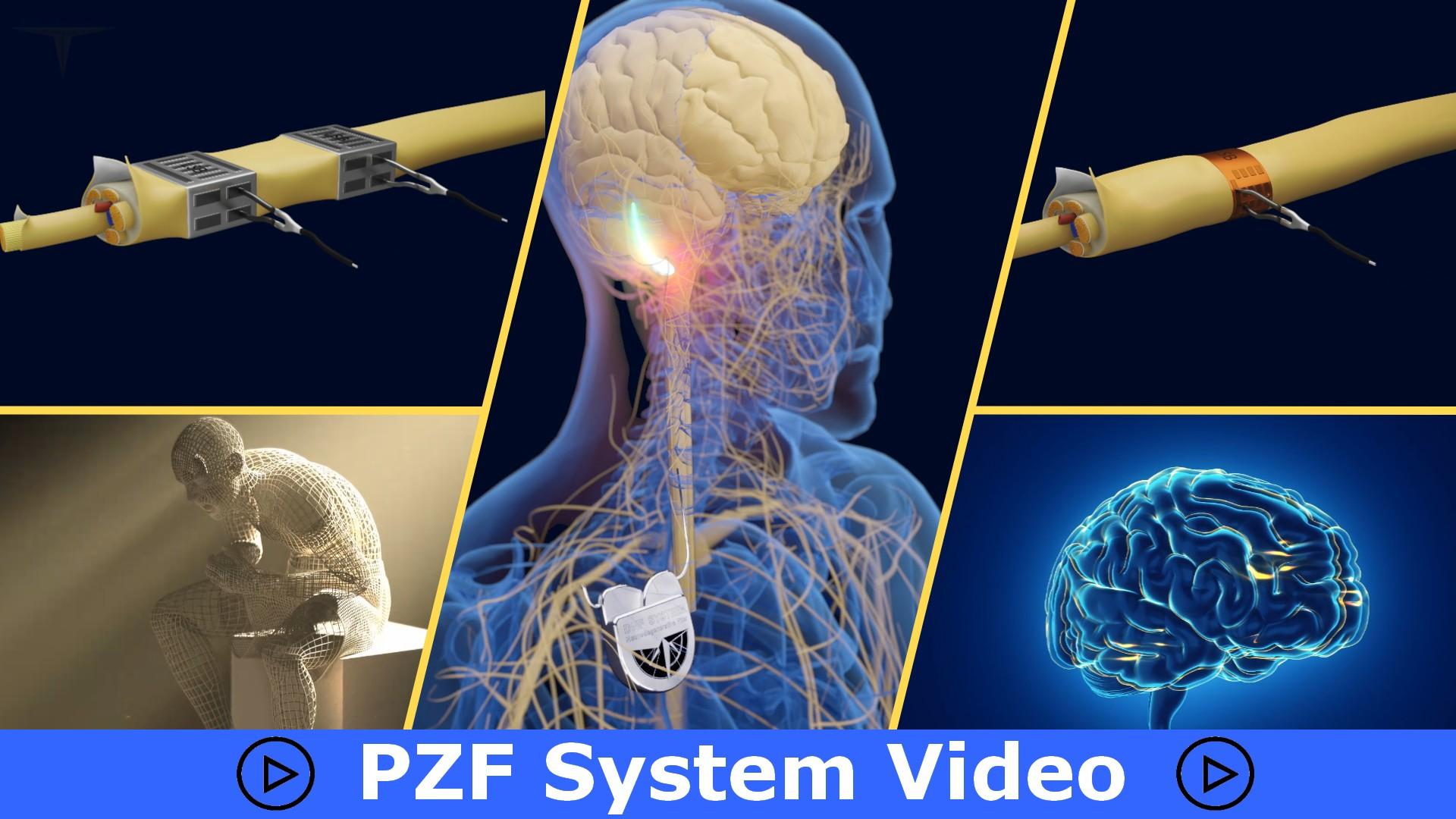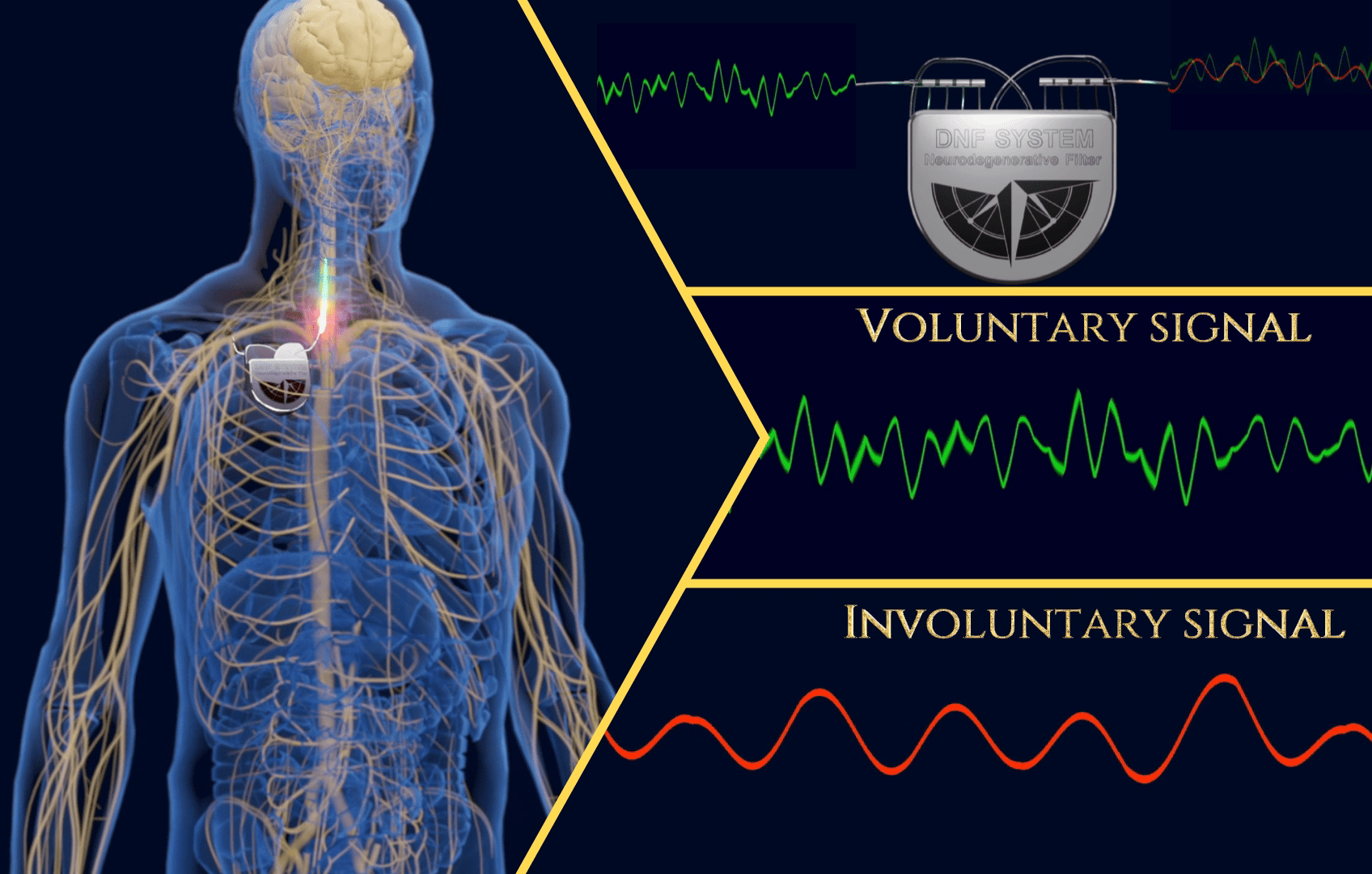Blocking parkinson’s tremors through the peripheral nervous system! An Advanced Approach to Neurodegenerative Care
By utilizing AI-driven CDSS models, the PZF system can analyze abnormal brain signals in real time and take immediate action to suppress tremors, enhancing the precision and effectiveness of the treatment. The system employs an AI algorithm that integrates continuous monitoring with predictive analytics, enabling a more effective and personalized treatment approach tailored to the patient.
PZF system with Dual Nerve Cuffs is not a DBS neurostimulator and doesn’t send electrical signals to the brain. The PZF system is a signal-filtering-system. Parkinson is a progressive neurodegenerative disease, characterized by unvoluntary signals between the brain and the muscles, which causes problems with controlling and making the movements of the muscles manageable. The peripheral nervous system is the routing system of the body. Voluntary and involuntary signals are carried from and to the brain via the peripheral nervous system. 80% of the Parkinson’s patients experience many motor complaints, such as uncontrollable muscle movements of the arms and hands and general movement poverty. Due to this, these patients experience a daily burden leading to a considerably loss of quality of life.
AI-Driven Signal Processing and Neuromodulation:
Through the integration of Artificial Intelligence (AI) and Big Data analysis, the effectiveness of the PZF System is significantly enhanced. These technologies enable personalized therapies, predictive modeling, and continuous optimization, resulting in a data-driven and adaptive approach to neurodegenerative treatments. The PZF System continuously collects and analyzes real-time nerve signals, tremor data, and muscle tension patterns. By applying advanced AI algorithms, the system effectively differentiates involuntary motor activity from normal movement signals, enabling targeted neuromodulation. By utilizing AI-driven CDSS models, the PZF system can analyze abnormal brain signals in real time and take immediate action to suppress tremors, enhancing the precision and effectiveness of treatment. The system employs an AI algorithm that integrates continuous monitoring with predictive analytics, allowing for personalized treatment adjustments tailored to each patient.
- Machine learning algorithms detect and classify patterns in nerve activity, allowing the system to dynamically and adaptively adjust to the unique physiological characteristics of each patient.
- Deep neural networks optimize the PZF System’s settings through continuous data analysis, leading to personalized suppression of pathological signals while preserving voluntary motor control.
- AI-driven neuromodulation autonomously adjusts the system in response to daily symptom fluctuations, ensuring sustained treatment efficacy over time.
Big Data and Predictive Analytics in Neurological Care:
The integration of Big Data analysis within the PZF System enables both clinicians and researchers to improve treatment effectiveness and gain new insights into the progression of neurodegenerative diseases.
- Predictive AI models analyze longitudinal patient data to model disease progression, allowing healthcare providers to make timely therapeutic adjustments.
- Large-scale data aggregation enables scientific institutions to identify epidemiological trends, contributing to the development of personalized intervention strategies.
- Advanced statistical analyses provide the ability to quantitatively evaluate the effectiveness of neuromodulation interventions, leading to evidence-based optimization of treatment protocols.
The PZF System with Dual Nerve Cuffs is the first and only system that offers the possibility to filter and block the involuntary signals, which are sent from the brain to the muscles and vice versa, while allowing the passage of normal voluntary signals for muscle movement. The difference between the Deep Brain Stimulation and PZF System with Dual Nerve Cuffs is that Deep Brain Stimulation is focusing on stimulation of the brain signals, whereas the PZF System with Dual Nerve Cuffs technology does not stimulate the brain signals but is filtering and blocking the involuntary signals through the peripheral nervous system. Instead of implanting the electrodes into the brain, the Dual Nerve cuffs and the innovative electrodes of the PZF system are implanted directly on and inside the peripheral nervous system.
Real-Time Monitoring and Clinical Decision Support
The implementation of AI-driven clinical decision support within the PZF System provides healthcare professionals with advanced tools for patient monitoring and therapy adjustment:
- Automated detection of abnormal nerve activity, with immediate feedback to medical specialists for timely intervention.
- Data-driven therapy recommendations, based on correlations between individual patient profiles and historical clinical data.
- Continuous optimization of neuromodulation protocols, enabling the system to intelligently adapt to the clinical needs of each patient.
PZF system focuses on various syndromes where symptoms such as tremors, akinesia, essential tremor, rigidity, hypokinesia, tic and ataxia.
Advantages of PZF System:
- No brain surgery
- Less radical and burdensome
- Surgery can be performed on an outpatient basis
- Fewer risks
- Reduce Parkinson’s medication
- Less surgery & healthcare costs
Head office:
LSB MedTech Group Ltd
P.O.Box: 122022 (SAIF Zone)
Sharjah, The UAE
EU-office:
Ceresstraat 13
4811 CA Breda



